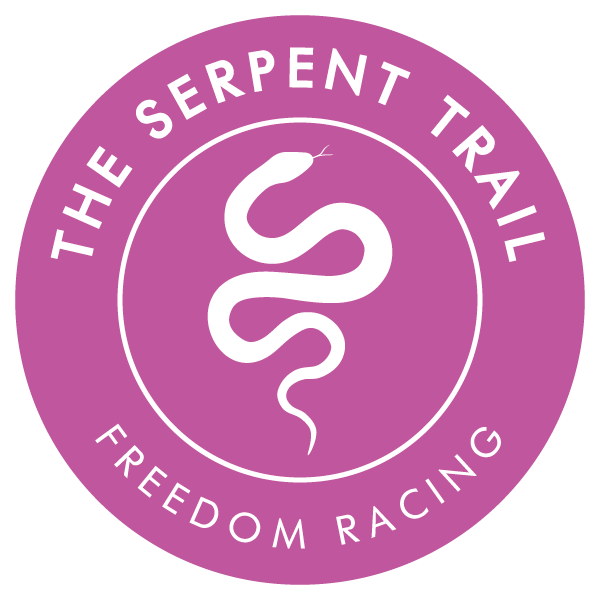The South Downs National Park was established in April 2011. The park, covering an area of 628 sq miles, stretches from Winchester in the west to Eastbourne in the east through the counties of Hampshire, West and East Sussex and into the edge of Surrey.
The South Downs Way is the best known trail in the Park, but in 2006 the National Park created the Serpent Trail to highlight, link up and therefore protect the areas of Heathland.
This is from the South Downs Park Authority (SDNPA) website;
Stretching between Petersfield and Storrington these heaths are among the rarest of all the habitats in the Downs, covering just one per cent. The 64-mile long Serpents Trail helps to reconnect them for people to enjoy, and heathland managers are working together to link fragmented heathland patches back together to benefit wildlife.
Because many of these remaining patches of heathland are isolated from one another, they have become less resilient.
The heaths have separated into ‘islands’ where isolated plants and animals are far more vulnerable to local extinction. This habitat is home to some of Britain’s rarest wildlife including all twelve of our native reptiles and amphibians.
The Serpent Trail is part of the Sussex Wealden Greensand Heaths Project, whose volunteers work year round to restore and preserve the National Park’s heathland. Eleven organisations led by the South Downs National Park Authority have joined forces to expand and connect the existing 1% of heathland left in the national park.
They have reintroduced rare species such as the field cricket to Lord’s Piece and Chapel Common, cut back trees that shade out low plants and laid out marker posts along the trail for us all to follow. They are supported in their work by several local farmers, who, since 2005, have reinstated cattle grazing on several heathland sites to ensure they support a rich diversity of wildlife.
The Serpent Trail races are working with the SDNPA to raise the profile and awareness of this unique Trail, which will in turn help protect and conserve the habitats and spaces.
We maintain the Trail by keeping any vegetation cut back along the Trail and liaise with Park Rangers about areas of the Trail that need attention like new signposts or bridges etc. We usually cover the whole Trail in May to check it after the winter, then again in the last couple of weeks before the race to ensure it is in good condition, spending roughly 10 days a year on direct work towards the Trail and the South Downs National Park.
Here is the website for the South Downs National Park.

